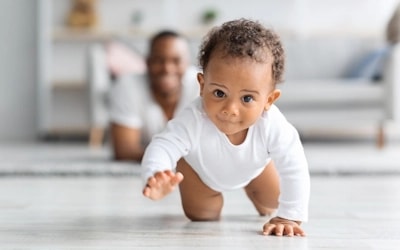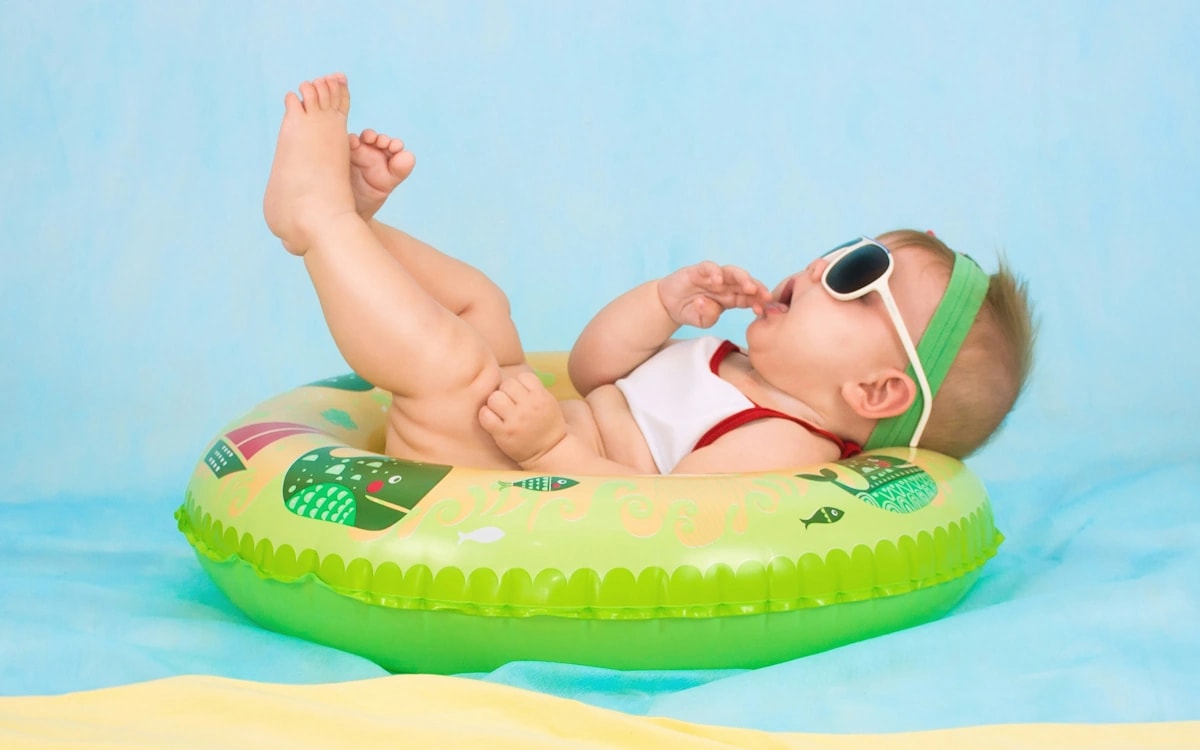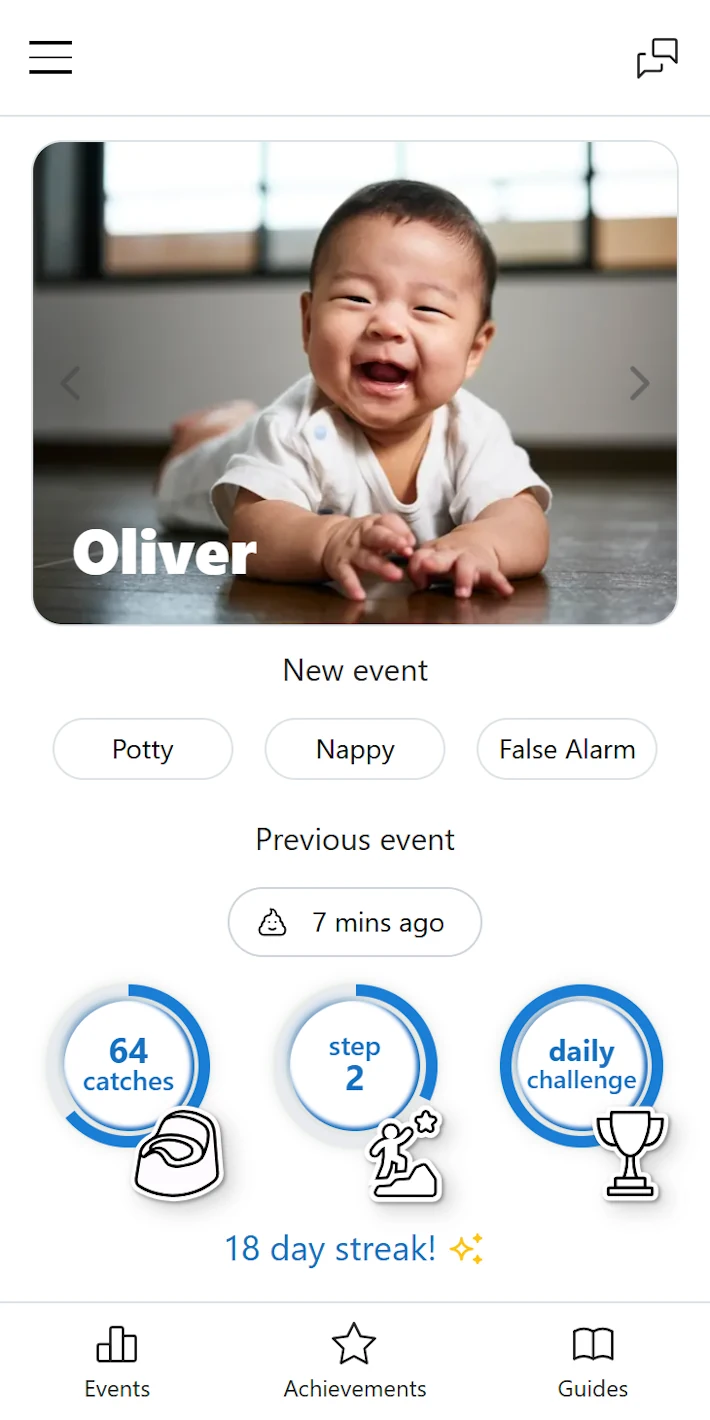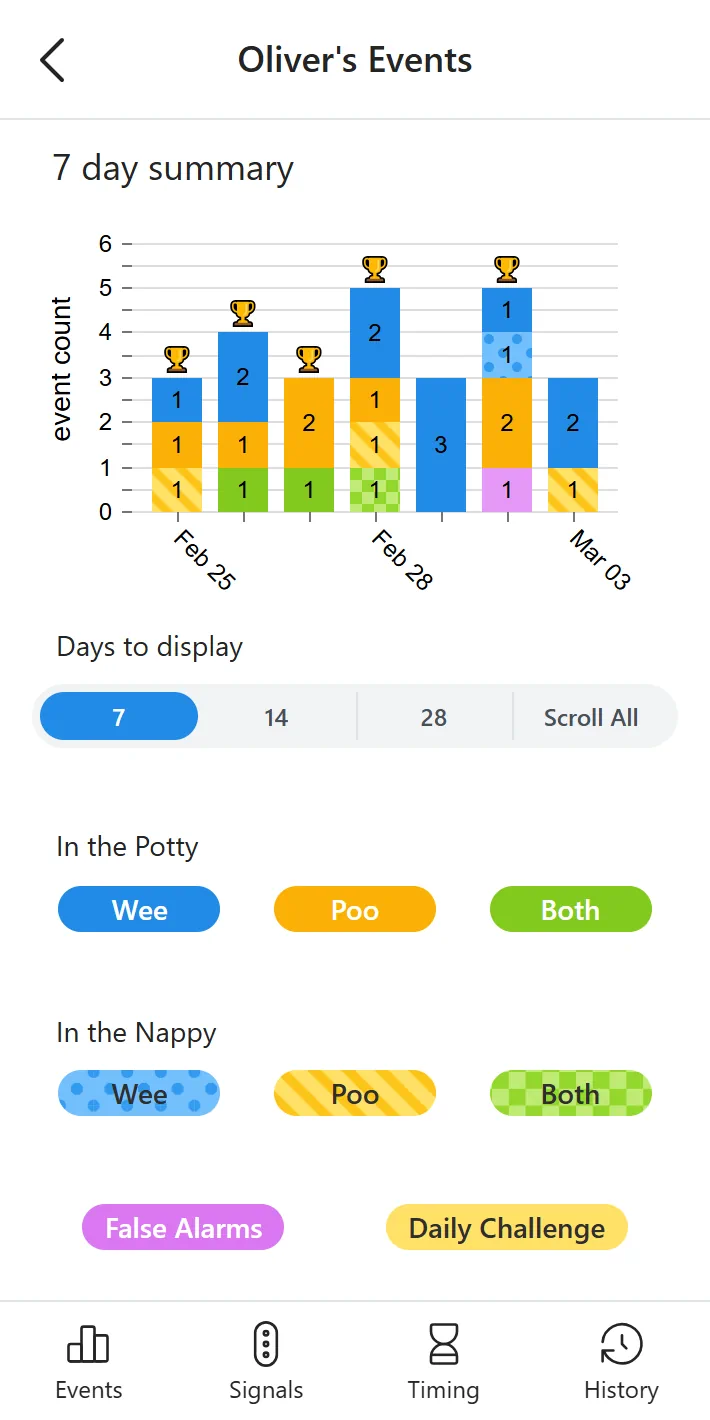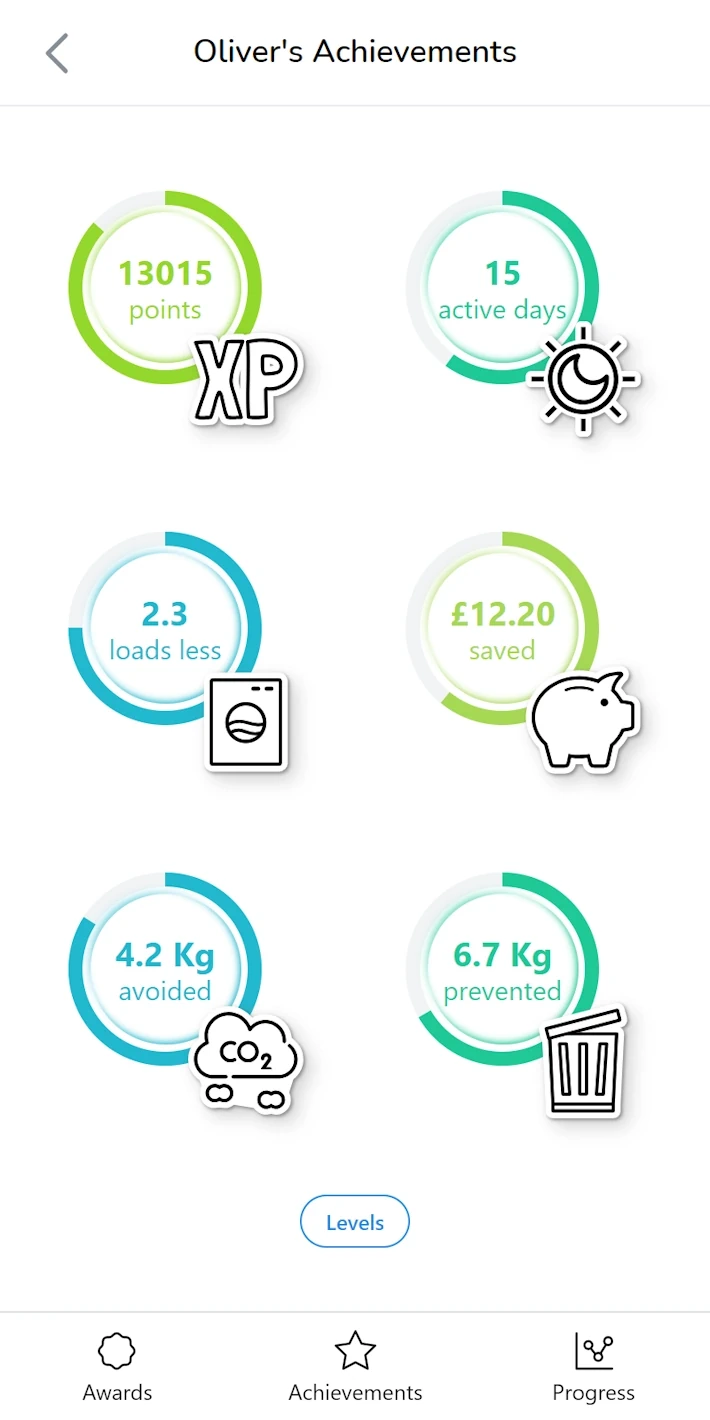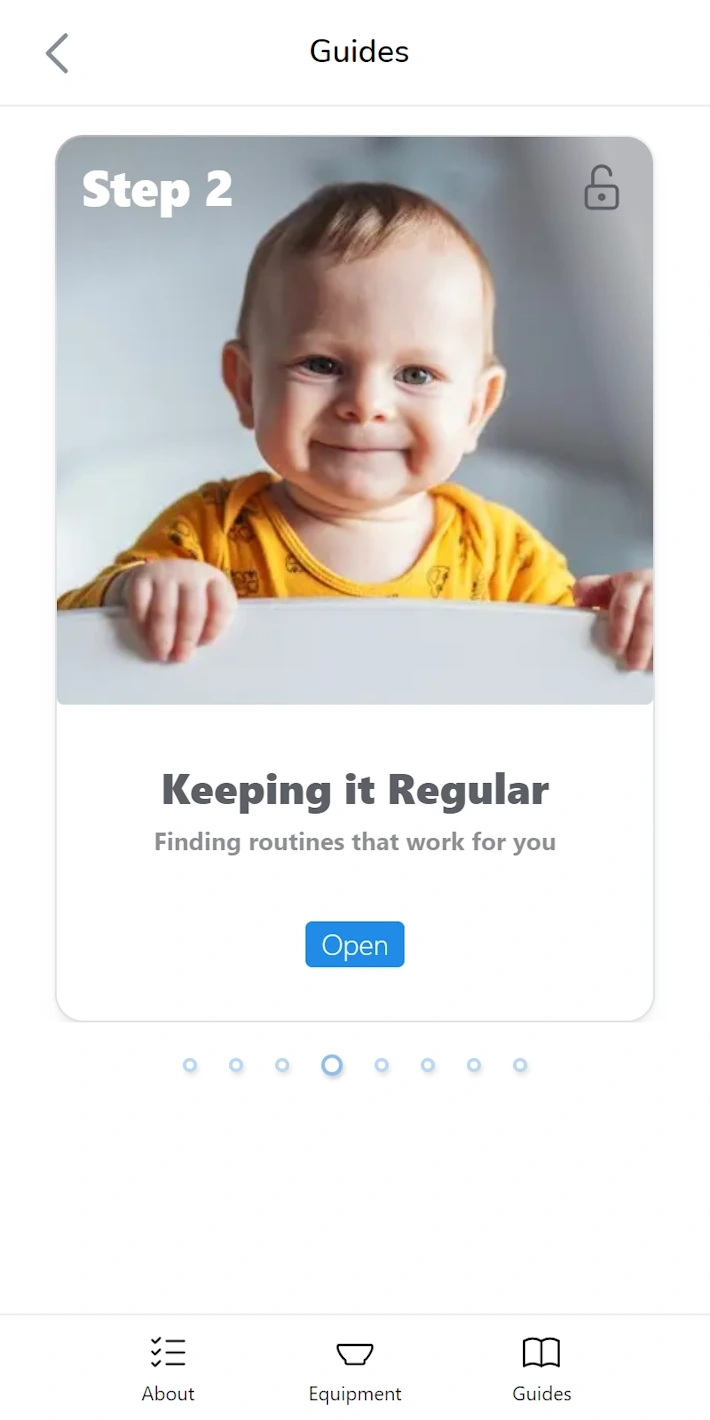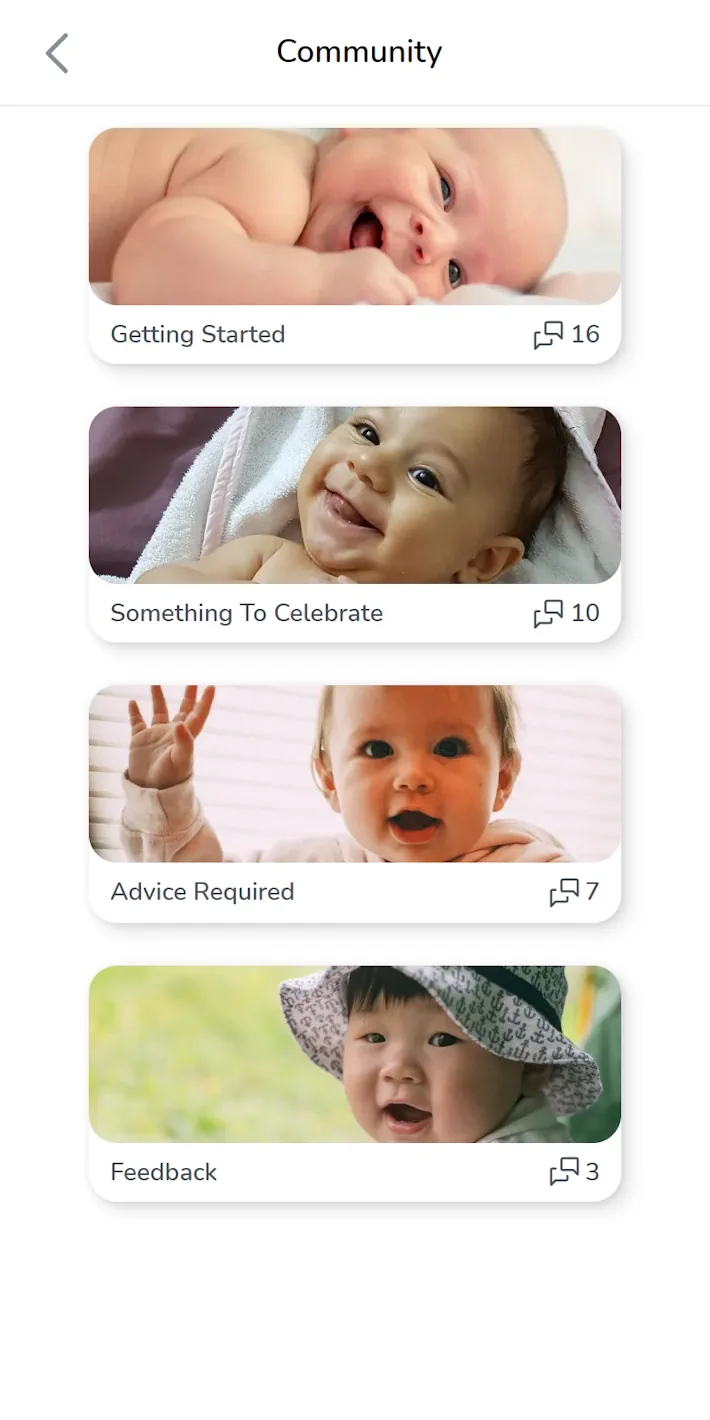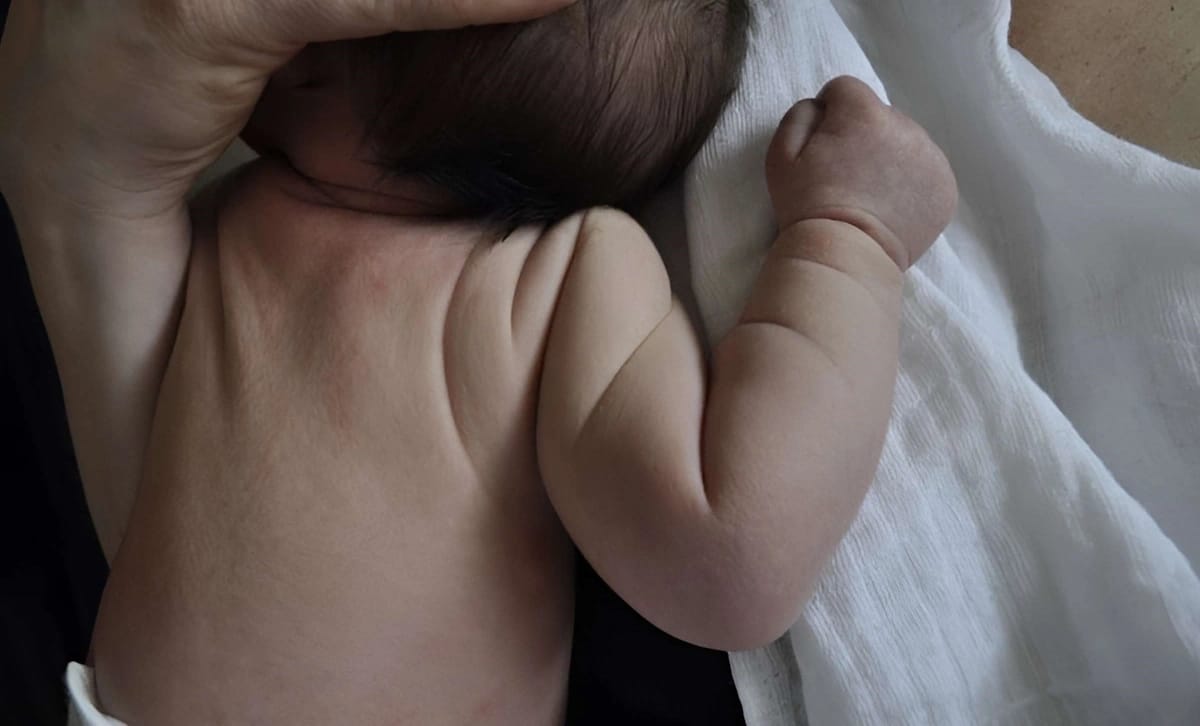
Learn elimination communication
to help your baby understand and
convey their toileting needs
Did you know...?
In cultures around the world, parents use elimination communication (EC) to assist their babies with toileting from the first weeks or months of life.
Many children taught from this age develop continence and the ability to communicate their toileting needs by between twelve and eighteen months of age.
It's respectful to them, positive for health, and good for the environment.
ec babies will show you how you can help your child to do the same. Our app, guides and community will support you as you go.
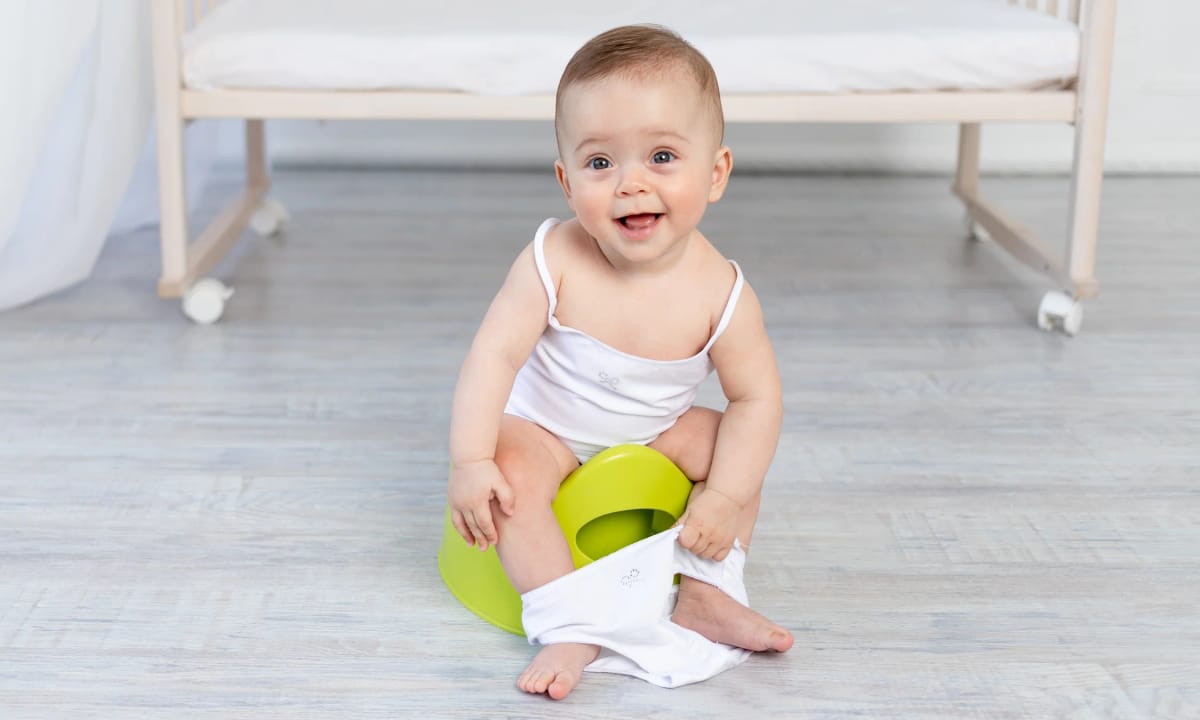
How it works
ec babies encourages progression through a five step program. It will help you to:
Recognise when to assist your baby
Getting to know your baby's wriggles, facial expressions, sounds, and timing, will help with this.
Become familiar with EC holds
Before your baby can sit by themselves, they'll need support during potty use. There are many options.
Make EC part of your routine
By using the potty more often, your baby will associate having a full bowel or bladder with getting help.
Progress together
Soon, your baby will wait for the potty. Before long they'll communicate when they need to go.
Pathways
Classic, Signing, or Casual?
Before babies can talk, they're very good at finding other ways to get our attention and tell us things.
With regular EC it's quite common for babies to develop gestures as a way of letting you know when they need to go.
As a parent you can wait for your baby to develop their own gestures, or encourage them to use specific ones.
ec babies supports three pathways; for gesture encouragement, the classic and signing pathways, or you can choose to follow a more casual approach.
App
Guides, progress and community
The ec babies' app is home to a set of guides to help you get started and grow in confidence with EC.
It's also used to create child profiles and record events.
Events are a baby's toileting actions; a few clicks capture enough information to measure current progress and set goals.
Additional carers can be added to a child's profile. They can get involved with EC and record events that happen while baby is in their care.
Everyone is welcome in the community area; it's a place to share experiences and support each other.
Step by step
A structured method inspired by how babies learn
The ec babies program builds on a step based method described in an academic study from 1985, see FAQs for details.
The ideal time to begin is between birth and eight months. During this period babies learn in a unique way, they begin to construct mental models based on the sensations they feel, experiences they have, and the sequences in which events happen.
Starting later might be challenging because most babies will have begun to expect a routine around relieving themselves into a nappy and receiving a change afterwards.
That said, many parents who begin using EC with babies aged between 8 and 12 months still find success with it!
Drop us a line if you have any questions.
P
1
2
3
4
5
Success and impact
cleaner nappies, and more...
Whatever your motivation, you'll find a counter to illustrate achievements and inspire progress.
Selected: Co2 avoided
1.0 Kg
avoided
What's included?
Features and benefits you'll experience with ec babies.
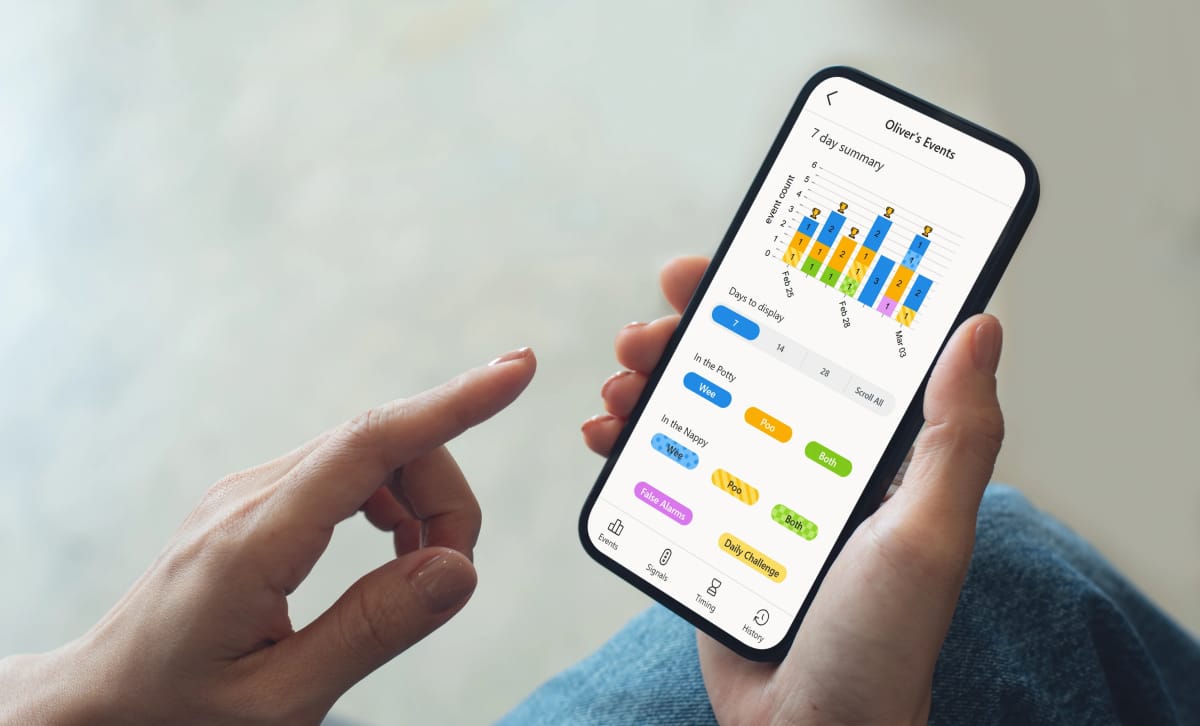
What Parents Like Most
Social & Environmental Benefits
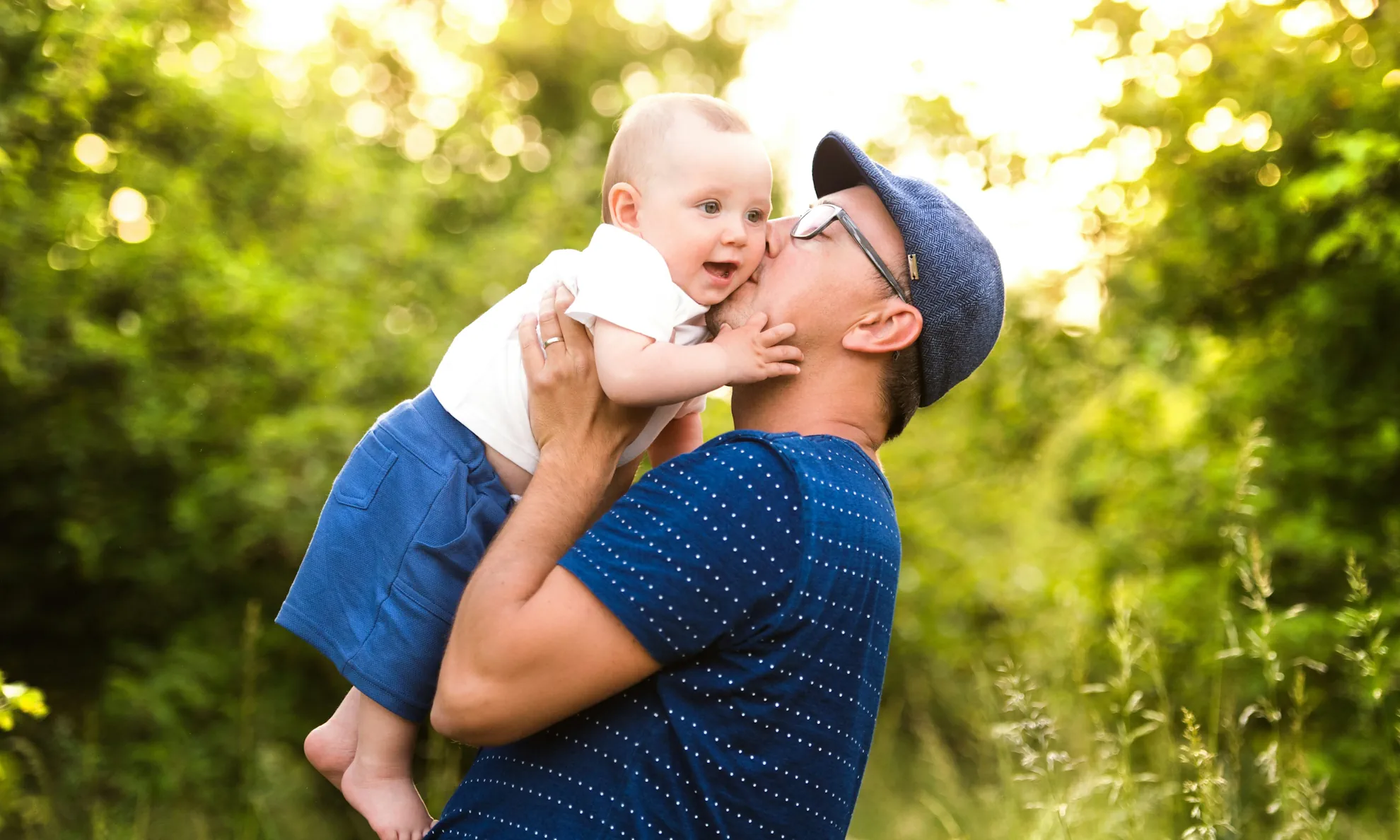
It's no secret that making, washing and disposing of nappies uses a staggering amount of natural resources and energy, and produces huge volumes of waste.
Potty training earlier means less dirty nappies and therefore a reduced environmental impact, amazing. But the benefits of EC don't stop there.
Studies have shown that children that are assisted with toileting from the first few months of life develop more complete bladder emptying. This in turn reduces their risks of experiencing urinary tract infections.
Other studies have shown that babies that begin toilet training before 6 months are least likely to develop childhood bladder and bowel problems such as incontinence or problematic constipation.
So why, as a society, are we delaying toilet training? There's no single answer, but it's fair to say that corporate advertising including use of professional influencers plays a part. It works hard to normalise ever bigger babies still in diapers.
ec babies wants to buck this trend and normalise helping babies learn healthy toileting through early assistance.
We are keen to work with others to achieve this. Please get in touch if you would like to collaborate.
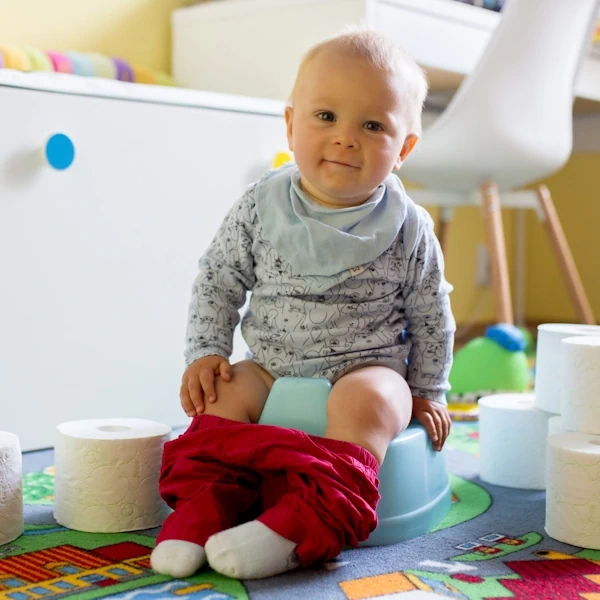
So why, as a society, are we delaying toilet training? There's no single answer, but it's fair to say that corporate advertising including use of professional influencers plays a part. It works hard to normalise ever bigger babies still in diapers.
ec babies wants to buck this trend and normalise helping babies learn healthy toileting through early assistance.
We are keen to work with others to achieve this. Please get in touch if you would like to collaborate.
Frequently asked questions

